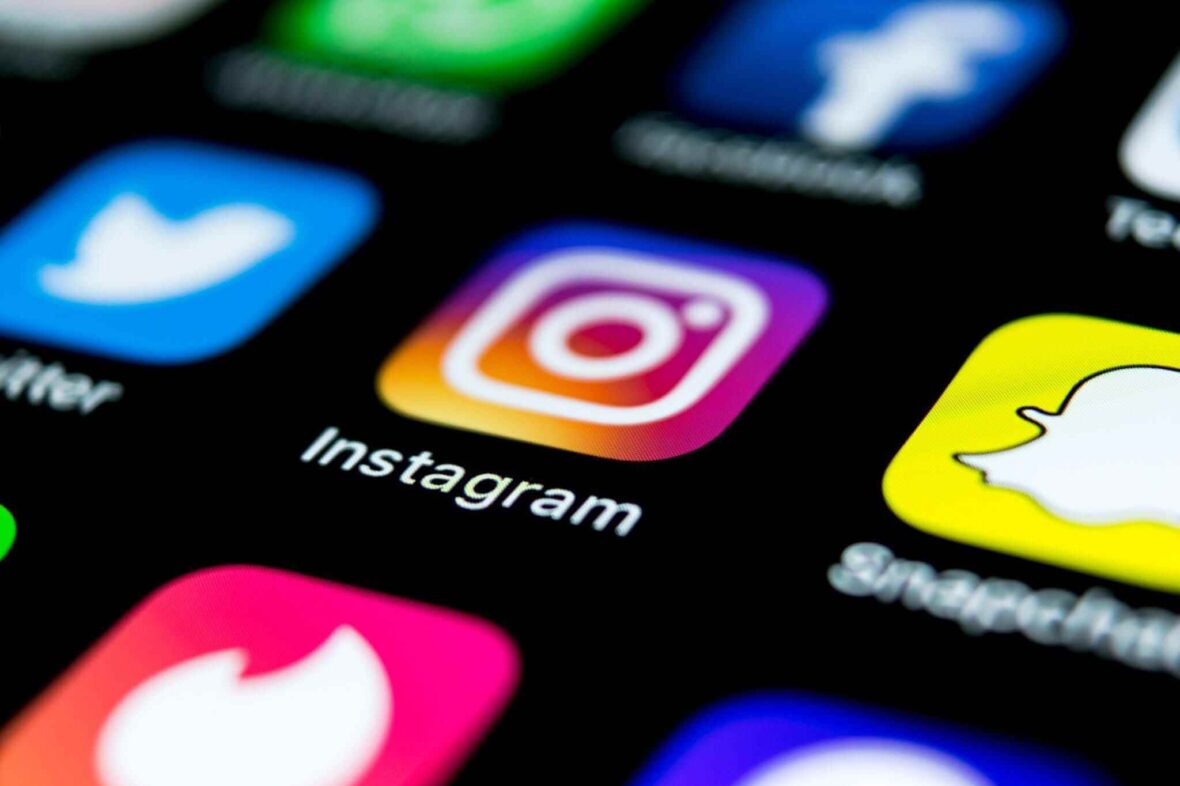Do you want to know how to use Instagram safely and securely? We’ve got you covered, so don’t worry! Instagram has more than 1 billion active users, making it a popular choice among social media influencers and regular users of the internet. It makes sense that consumers are becoming more concerned about internet security because it can be difficult to ensure that your stuff is secure in such a public setting.
So, how can you stay safe and yet use the platform? We’re here to offer the best, most straightforward actions you can do to increase your safety while using Instagram. Continue reading to learn insider information from professionals who are aware of what it takes to avoid harmful behavior and hackers.
Contents
- 1. Use A Strong Password That Is Unique To Instagram
- 2. Enable Two-Factor Authentication
- 3. Be Wary Of Suspicious Links
- 4. Set Your Profile To Private
- 5. Be Cautious When Sharing Your Location
- 6. Avoid Sharing Personal Information
- 7. Be Careful About Public Wi-Fi
- 8. Use Common Sense With Hashtags
- 9. Be Careful What You Post
- 10. Be Careful With Who You Follow
1. Use A Strong Password That Is Unique To Instagram
Choose a strong, Instagram-specific password as your account’s first and most crucial security measure. It should be something that is simple for you to remember yet difficult for hackers to figure out. Ensure that it is at least 10 characters long and comprises a combination of capital letters, symbols, and digits.
Because they are obvious targets for hackers, popular phrases, personal information, and dictionary terms should not be used as passwords. A password manager may save all of your passwords so you don’t have to worry about remembering them, which is often a sensible decision.
2. Enable Two-Factor Authentication
Enabling two-factor authentication gives your account an additional degree of protection by asking users who log into their accounts from new devices or browsers to input a code received through text message or email before they are granted access. In the event that someone doesn’t have access to your phone, it becomes considerably more difficult for them to access your account.
Use an app like Google Authenticator or Authy when configuring two-factor authentication, and make sure your connection is secure.
3. Be Wary Of Suspicious Links
When clicking on links in posts, comments, and messages, you should use caution. You can see where a link will lead you if you hover over it. Don’t open it if it seems strange or if it’s not from a person you know. Malicious links might attempt to steal your personal data or infect your computer with viruses and other harmful malware.
Nowadays, a lot of people purchase on Instagram, so if you ever have to enter sensitive information into a website, make sure the URL has the lock icon next to it. It’s also critical to be wary of third-party applications that assert they may enhance your account or change settings without Instagram’s consent. Some applications could be infected with malware, and using them might get you into problems with the platform.
4. Set Your Profile To Private
Only those who follow you on Instagram may view your posts while your profile is set to private. Prohibiting strangers from viewing them, aids in protecting your pictures, videos, and tales. You may also examine someone’s profile before accepting their follow request to make sure they are who they claim to be.
It is always wiser to be cautious than sorry in this day and age. Furthermore, the instagram views and likes you get from people you know would be more genuine and engaging.
5. Be Cautious When Sharing Your Location

Image source: https://www.ampfluence.com/
With Instagram’s “Add Location” tool, you may add your present or past locations to posts and stories. If you do not want others to be aware of your whereabouts at all times, you may think about turning off this option. By turning it off, you may stop individuals from digging around and discovering your residence or place of employment without your knowledge.
To keep it private, you may also delete the location tags from posts and stories.
6. Avoid Sharing Personal Information
Shared passwords, phone numbers, and addresses are examples of personal information you should not share on Instagram. With your bio or profile, be cautious not to include any identifying information. It’s ideal to limit the information you provide to what is required for other users to recognize you. Do your hardest not to share anything that might tell too much about you, such as photos of your home or place of employment.
7. Be Careful About Public Wi-Fi
Since public Wi-Fi networks often have fewer security safeguards than private ones at home, using them might be risky. As a result, it’s crucial to be cautious about the data you upload to and download from public Wi-Fi. While using a public Wi-Fi network, strive to keep the amount of private information you provide online to a minimum.
Instagram users may find material uploaded by others who have used the same hashtags in their own posts by using hashtags. While hashtags are a fantastic method to increase the number of people who see your message, they may also be misused. Use common sense while selecting hashtags and avoid using ones that might give away your identity.
9. Be Careful What You Post
Instagram is a fantastic tool for sharing pictures, stories, and other stuff with friends. Nonetheless, it’s crucial to keep in mind that users may see anything you write, so be sure to consider your choices carefully before making things public. Think about if the information may jeopardize your security or privacy if it were to get into the wrong hands. It’s better to avoid posting if in doubt!
10. Be Careful With Who You Follow
When choosing who to follow on Instagram, be careful and spend some time looking over their profile. Although it could be tempting to accept every request, doing so might provide fraudsters or other nefarious users with an opening. It’s also important to keep in mind that many accounts that seem legitimate are really false ones made by hackers looking to obtain personal data.
Conclusion
To summarize, the ten easy measures outlined above are critical to being safe and secure on Instagram. Whether you’re a frequent user or an influencer, taking the effort to safeguard yourself can have a long-term beneficial impact on your account. Therefore, take these tips into account and begin using Instagram with confidence!




